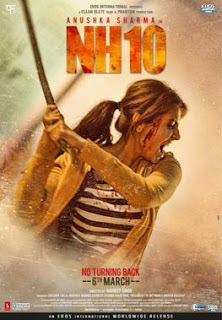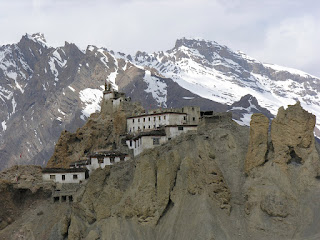Inane social science textbooks and the debates...

Sharing some thoughts on the ‘new’ social science textbooks recently released in Karnataka, the debates on which are hardly substantive and key questions continue to escape our attention. Once we go through this news report which laments the quality of the revised textbooks, (Click here ) it only goes to show how notions of quality are linked to very simplistic and shallow external attributes in popular educational discourses. For if the textbooks were not bad enough, so are the criticisms against them much of it being puerile. Spelling mistakes, missing pages seem to be the biggest drawback highlighted and more dismal is the criticism of absence of few names of persons and places, both Kannada and national. And while a big deal is being made of some ‘factual’ errors, the more important issue of nature of knowledge and models of historical inquiry that are so problematic in these textbooks remain unquestioned. Information masquerades as knowledge and both the textbook makers and its




